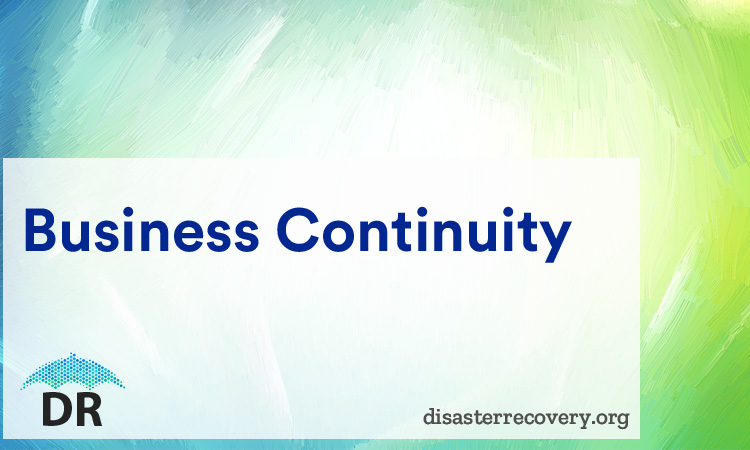Business Continuity refers to the set of steps taken to resume operations with minimum possible delay following an incident such as an accident or a natural calamity that can slow down or even disrupt the proper functioning of a business unit. It is a broad domain with an area of study that overlaps those of many related subjects such as quality management, risk management, change management, governance, information security and compliance, amongst others. Business continuity ensures that an organization transits the repercussions of a catastrophe such as epidemics, earthquakes, outages, terrorist or cyber attacks, theft, sabotages and so on, seamlessly, and with minimal friction.
Business Continuity

A business continuity plan can be broadly broken down into the following phases:
- Analysis
- Design
- Implementation
- Testing
- Maintenance
Analysis
This is the first step towards a business continuity plan where an organization creates a blueprint of what needs to be done when disaster strikes.
In this phase, the various activities of a business unit are identified. These activities are then classified as critical and non critical activities.
- Critical activities are those that need to be constantly up and running at all times. A business unit’s critical activities and functions can be further classified and ranked based on the extent to which business would suffer if they were to be disrupted.
- Non critical activities, although important in their own right, are those set of functions that are relatively less significant to an organization when compared to critical functions.
In this phase, the various activities of a business unit are identified. These activities are then classified as critical and non critical activities.
Next, potential threats to all the critical and non critical business functions are identified. These potential threats are then classified in terms of the probability and extent to which it could affect a business activity.
Design
After establishing a comprehensive list of critical and non critical business activities, their potential threats and mapping the two to each other, the organization now formulates the requirements for restoring these activities with minimum delay. This includes identifying the human resources, hardware, software, technology, assets, utilities and other third party services necessary to restore normalcy. Relevant training procedures are also structured to provide employee staff and personnel the necessary knowledge transfer that equips them to handle emergency situations.
Different business continuity approaches are considered and compared for cost effectiveness, complexity and adaptability. The optimum design solution takes into consideration the pain points of all the departments and stakeholders within a business unit and provides a flexible and easy to implement recovery solution at a competitive price.
Implementation
Different business continuity approaches are considered and compared for cost effectiveness, complexity and adaptability. The optimum design solution takes into consideration the pain points of all the departments and stakeholders within a business unit and provides a flexible and easy to implement recovery solution at a competitive price.
Testing
During this stage, the business continuity plan goes through numerous iterations to identify gaps in the recovery solution design that has been implemented. Business continuity testing can be broadly classified into tabletop, medium and complex exercises.
- Tabletop exercises occur in a limited environment and concentrate on few or specific business functions.
- Medium level exercises focus on multiple business functions and involve various departments within a business unit.
- Complex exercises try to simulate a real world testing scenario and last for prolonged periods of time.
Maintenance
After the implementation and testing phases, a business continuity plan is constantly monitored in real time. IT infrastructure is kept current with regular updates and enhancements. Employee staff and personnel are also periodically trained in new and improved methodologies that are being implemented across industries. Maintenance is a crucial phase as it ensures that a corporation’s business continuity plan does not become obsolete due to neglect.
Conclusion
Business continuity is a highly essential security measure in today’s corporate ecosystem. Besides providing numerous monetary benefits, it also guarantees the safety and well being of an organization’s assets and human resources.

